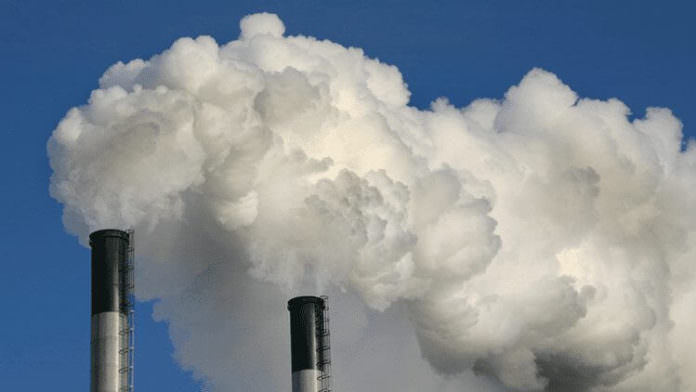
Decreasing the size of the carbon footprint prevails as a popular topic among world governments, individual companies, and organization do-good groups. Engineers stationed at Oklahoma University wish to see progress catapulted forward in leaps and bounds. As a result, this group of elite professionals suspects they may have defined the best route in cutting up to 70% reduction in natural gas engine emissions.
Pejman Kazempoor, Ph.D. serves as an assistant professor in the School of Aerospace and Mechanical Engineering at the Gallogly College of Engineering. He leads this latest project, which is identified as a Low-Cost Retrofit Kit for Integral Reciprocating Compressors to Reduce Emissions and Enhance Efficiency. The primary scope of the project is to significantly reduce the emissions of each of the individual components.
“We are working on handling parts of integrated compressors to make them more efficient,” said Kazempoor. “Our main results have shown that we can reduce emissions by 70%, and if we can achieve this, we will have a major impact on reducing emissions from oil and gas facilities.”
Team Members and Funding
The team’s discovery was initially realized and brought financial benefits. The Department of Energy’s Office of Fossil Energy bestowed the engineering group with $1.4 million. Oklahoma University made the list of 16 to receive $25 million in special grant funding by the Department of Energy for projects of this nature.
Along with Kazempoor, the team consists of a strong knowledge base. All are Oklahoma University researchers and include Kumar Parthasarathy, Ph.D., Sridhar Radhakrishnan, Ph.D., and Hamidreza Shabgard, Ph.D.
From outside the university, Mid Continent Rental Company in Oklahoma City and WAGO Corporation from Germantown, Wisconsin, have partnered with the research team to collaborate and develop integrated reciprocating compressor technology. Through this coalition of forces, the university research team is currently able to conduct significant emissions testing on a Mid Continent donated high-speed compressor at a natural gas site that resides in close proximity to the university itself.
“The unique installation was developed for this project. It enables large-scale testing of components under real-world operating conditions to aid technological development and commercialization processes,” said Kazempoor. “This is a great experimental facility for students to learn and have the opportunity to use state-of-the-art equipment that monitors the performance of alternative assets. We’re also helping the Oklahoma oil and gas industry because this natural gas test site allows us to do research that directly benefits the industry.”
Automation Themed
As the oil and gas industry advances and progresses forward, efficiency through automation has been the roadmap of the latest approach. Streamlining processes and increasing technology have been paramount in succeeding in the industry today.
The Oklahoma University research team understands the concept and is crafting their technology in the same fashion. They are currently working on a mobile platform to monitor compressor performance remotely.
“We are developing an application that allows operators in the oil and gas industry to monitor and record information that will determine component performance and efficiency; it will also give companies the ability to remotely control their assets,” said Kazempoor.
Natural Gas Reciprocating Engines
Natural gas-fired reciprocating engines are typically used in the oil and gas industry at pipeline compressor and storage stations and also in gas processing plants. They provide the mechanical shaft power. At compressor stations, these engines help to move natural gas from station to station. They assist in injecting natural gas into storage fields at storage facilities. Lastly, natural gas engines transmit fuel at processing plants to meet compression needs.
The overwhelming pollutant criteria of natural gas engines rear their ugly heads as oxides of nitrogen, carbon monoxide, and volatile organic compounds (VOC). Nitrogen pollutants are greatly influenced by the combustion temperature inside the engine cylinder. The carbon monoxide and VOCs pollution factor results from incomplete combustion.
Variations in emissions result from differences in operating conditions. Air-to-fuel ratios, temperature, ignition timing and speed are all examples of potentially changing operating conditions. No matter the differences, the emissions themselves are still existent and of concern. Here, the Oklahoma University research team’s emission-reducing technology can have a substantial impact on reducing those emissions associated with natural gas-fired engine use.
Nick Vaccaro is a freelance writer and photographer. Besides providing technical writing services, he is an HSE consultant in the oil and gas industry with nine years of experience. He also contributes to Louisiana Sportsman Magazine and Masonry Magazine. Nick has a BA in Photojournalism from Loyola University and resides in the New Orleans area. 210-240-7188 [email protected]














